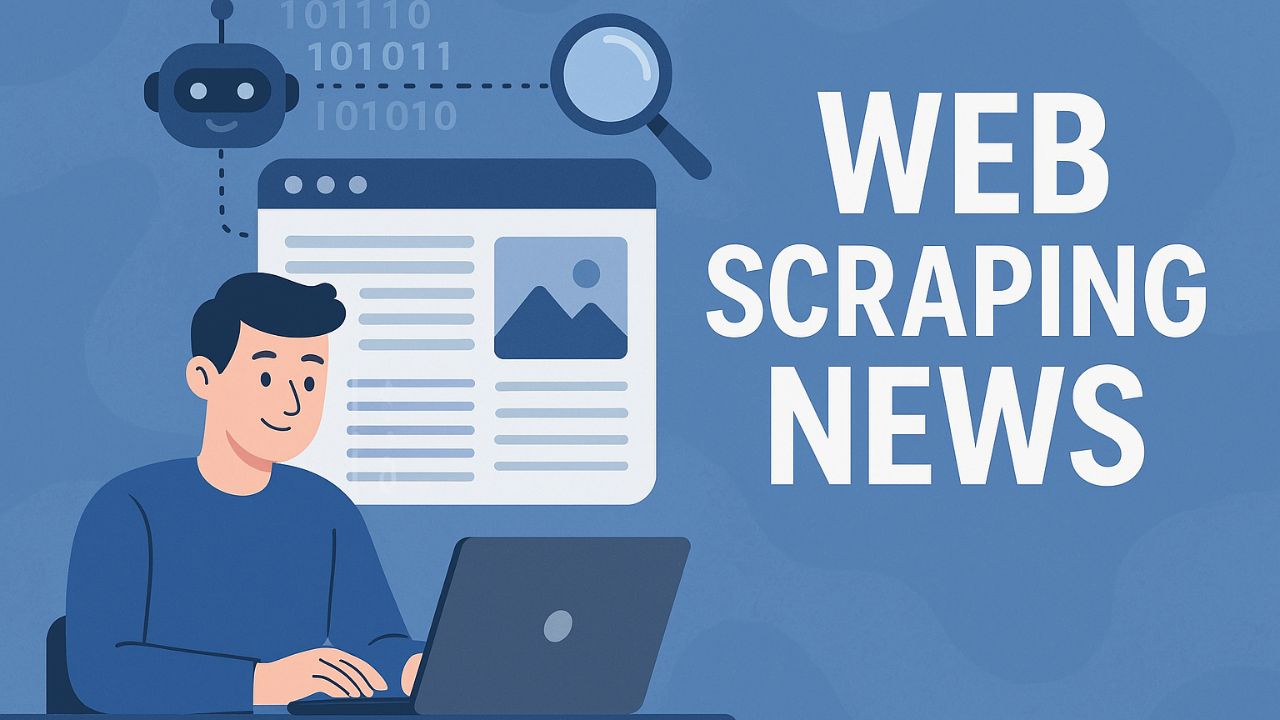The Power of Web Scraping: Transforming Unstructured Data into Actionable Intelligence
Every single day, businesses collect more data in an hour than was created in an entire year just two decades ago. The vast majority of this data is unstructured, scattered across websites, platforms, and databases. This is where web scraping emerges as a game-changing technology.
What is Web Scraping?
Web scraping is automated data collection from websites, but this definition barely scratches the surface of its capabilities. It gives companies the ability to understand their markets in real-time with zero manual input.
Consider this real-world example: A family-run bookstore in the Midwest started using a scraping tool to monitor prices on Amazon and other retailers. They discovered their competitors were changing prices several times daily, especially during holiday seasons. By setting up automated alerts and adjusting their pricing strategy accordingly, their sales jumped by over 40% within three months.
Beyond Price Monitoring
Companies use scraping for numerous purposes beyond pricing:
- Monitoring customer reviews
- Analyzing competitor product catalogs
- Tracking press releases
- Studying how rivals’ homepages change over time
Essentially, if information is public and online, scraping can transform it into valuable business intelligence.
How Web Scraping Works
Under the hood, scrapers work by loading web pages and parsing the HTML to extract specific information. Think of it as a super-fast assistant that visits a web page, scans for exactly what you need—whether that’s product prices, article headlines, or job listings—and copies it into a clean, structured format.
Since websites are designed for humans rather than machines, scrapers often need to mimic human behavior. They rotate IP addresses, insert random delays, and even simulate mouse movements or scrolling to avoid detection.
The Arms Race
There’s an ongoing technological battle between scrapers and the websites they target. Websites deploy CAPTCHAs and use honeypots (invisible links designed to trap automated crawlers), while scrapers evolve by using residential proxies to disguise their origins and machine learning to mimic authentic browsing behavior.
Importantly, this relationship isn’t always adversarial. Many websites actually want to be scraped—they just want it done responsibly.
Who’s Using Web Scraping?
The applications span across industries:
- Real estate platforms tracking competitor listings
- Financial firms monitoring earnings calendars and market-moving headlines
- Retailers adjusting prices in real-time
- Travel companies checking flight or hotel rates
- Investors analyzing job boards to predict company growth based on hiring trends
One mid-sized brand created a sentiment dashboard by scraping reviews, tweets, Reddit posts, and forums. When negative sentiments spiked around a certain product, their customer service team received alerts and addressed issues proactively—turning public chatter into improved customer satisfaction without needing a massive analytics department.
Legal and Ethical Considerations
The legality of web scraping depends heavily on what data you’re collecting and how. A good rule of thumb is to:
- Stick to public, non-sensitive data
- Follow terms of service
- Avoid overwhelming servers
- Respect robots.txt files (the digital equivalent of a “do not enter” sign)
The legal landscape continues to evolve, with landmark court cases like hiQ versus LinkedIn shaping what’s considered fair game. Beyond legality, ethical considerations around consent, privacy, and intent must be carefully weighed.
The Future of Web Scraping
Web scraping is evolving rapidly with AI integration. Modern scrapers don’t just extract data—they interpret it. This enables companies to understand not just what something says, but what it means:
- Analyzing thousands of product reviews to gauge brand reputation based on emotional tone rather than just star ratings
- Scraping news articles to predict market impacts
- Detecting when competitors might launch new products based on job titles they’re hiring for and changes to their site structure
Some organizations are even integrating scraping with blockchain to create transparent, auditable data trails that prove where data originated and how it was handled.
The Bottom Line
Web scraping serves as a force multiplier, helping companies of all sizes make smarter, faster, data-driven decisions. Success doesn’t necessarily come from having the biggest budget—it comes from asking the smartest questions and developing clear strategies.
The most effective approach is to start with a specific goal—whether tracking prices, monitoring sentiment, or analyzing trends—and then scale as you go. When implemented strategically, web scraping transforms the chaos of unstructured online data into powerful business intelligence that drives real results.
